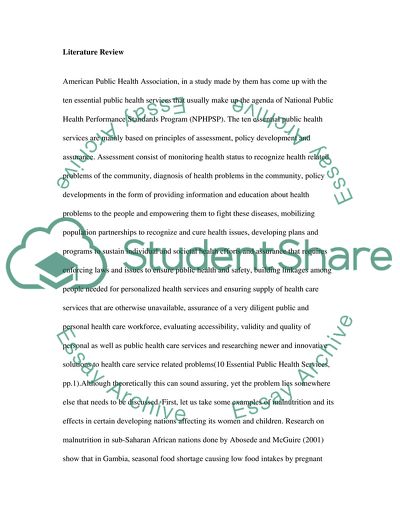Cite this document
(Nutrition for Women and Children Research Paper, n.d.)
Nutrition for Women and Children Research Paper. Retrieved from https://studentshare.org/health-sciences-medicine/1752716-nutrition-for-women-and-children
Nutrition for Women and Children Research Paper. Retrieved from https://studentshare.org/health-sciences-medicine/1752716-nutrition-for-women-and-children
(Nutrition for Women and Children Research Paper)
Nutrition for Women and Children Research Paper. https://studentshare.org/health-sciences-medicine/1752716-nutrition-for-women-and-children.
Nutrition for Women and Children Research Paper. https://studentshare.org/health-sciences-medicine/1752716-nutrition-for-women-and-children.
“Nutrition for Women and Children Research Paper”, n.d. https://studentshare.org/health-sciences-medicine/1752716-nutrition-for-women-and-children.


